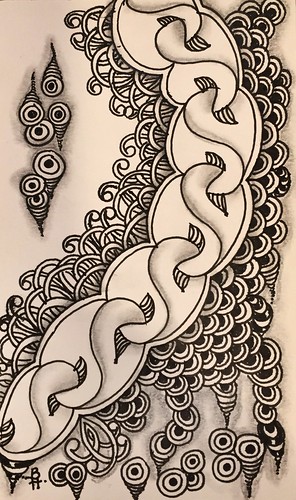robust barrier to infection from pathogens which include HIV-1 [1, 2]. Cervical mucus, a all-natural hydrogel consisting predominantly of water (95%-98%) and substantial and structurally complicated mucin glycoproteins (2%-5%), is secreted in to the vagina delivering lubrication plus a organic barrier to microorganisms and viruses [36]. Cervicovaginal fluid (CVF) includes this mucus together with an assortment of other anti-microbial glycoproteins like S-IgA, IgG, cathepsin G, lysozyme and lactoferrin [71]. Glycosylation of proteins in the CVF influence their stability, activity and function [12]. For instance, mannose structures on S-IgA in vaginal fluid act as an alternative ligand for uropathogenic type-1 Escherichia Coli inhibiting vaginal colonization and subsequent urinary tract infection[13]. Therefore, glycosylation plays a vital part in the anti-microbial properties from the CVF. Several things could influence the glycomic composition of the CVF such as hormones and vaginal microflora. Oral contraceptives have already been shown to regulate the glycosylation of serum glycoproteins such as 1-acid glycoprotein [14]. In 1 on the only KN93 phosphate manufacturer studies on the CVF glycome, alterations in sialylation have been observed in cervical mucin O-glycans at ovulation. Having said that, few variations had been observed at other time points [3]. Microflora may well also play a role in CVF glycome composition. Girls with bacterial vaginosis (BV), in which the balance among Lactobacillus species and competing anaerobic bacteria shifts towards the anaerobes [15], show higher levels of vaginal sialidase, initially reported by Briselden et al. [16, 17]. These enzymes cleave the negatively charged sugar sialic acid from terminal glycans of glycoproteins inside the CVF, changing the glycan composition of your CVF and growing proteolysis of innate immune factors such as S-IgA and lactoferrin [18]. To date, no systematic study has examined the effects of exogenous hormones and microflora around the vaginal glycome. Herein, we utilize lectin microarrays [19, 20], our high-throughput glycomic analysis platform, to profile the glycosylation patterns of cervicovaginal lavage (CVL) samples from 169 girls. The sample cohort includes ladies on different hormonal contraceptives and with different microflora. Lectin microarrays, in which carbohydrate binding proteins are arrayed, are a versatile glycomic platform which has been utilised to analyze the glycosylation of samples from bacteria to human cancer tissues [216]. Our lectin microarray data demonstrates that although each exogenous hormones and microflora influence the glycome, the robust effect of microflora around the glycome, confounds assessment of hormonal effects. Decreased higher mannose levels were observed in the CVL of girls with BV, which may perhaps improve susceptibility to other pathogens. This study sets the stage for more detailed evaluation of the effects of both hormone and person microbes around the glycome of vaginal fluids and its function in innate immunity against pathogens.
Following Institutional Overview Board approval by the University of Pittsburgh (#PRO11020218), written informed consent was obtained from subjects enrolled in our study. Girls were excluded if: they had been breastfeeding or pregnant; presented vaginal symptoms; had a hysterectomy; had been diagnosed with any cervical or vaginal infections or had utilised any antimicrobials inside the previous 14 days; had 16014680 applied any vaginal devices  or vaginally-applied goods (excluding tampons) inside the past week. Upon enrollment the ladies h
or vaginally-applied goods (excluding tampons) inside the past week. Upon enrollment the ladies h